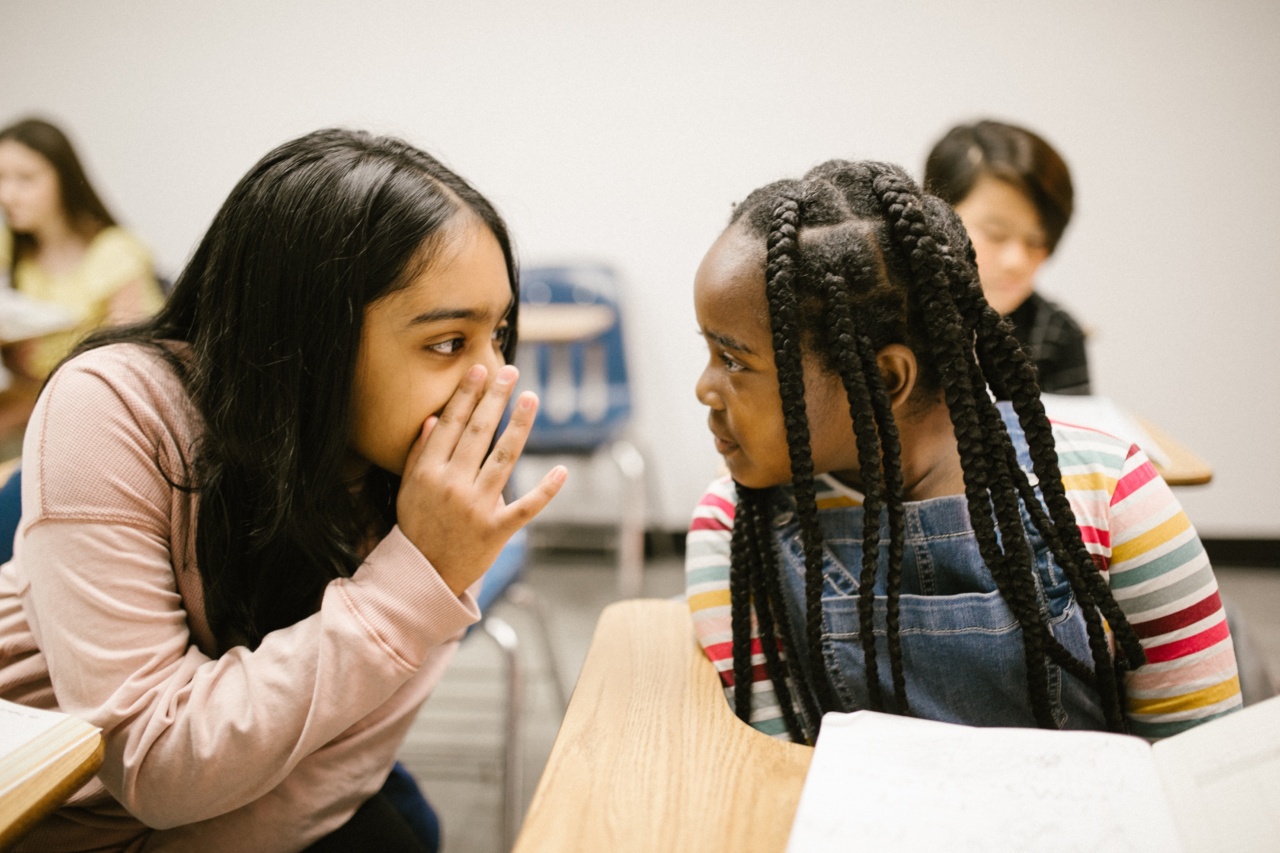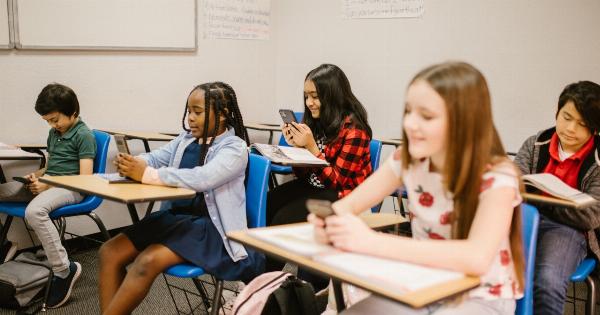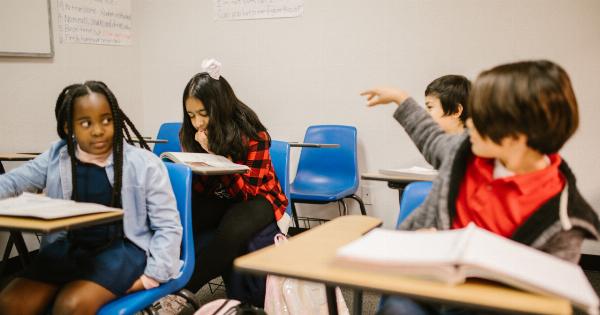School bullying is a widespread problem that can affect children of any age, gender, or social background. It can take many forms, including physical aggression, verbal abuse, social exclusion, and cyberbullying.
Bullying can have serious consequences for the victims, including emotional distress, academic failure, and even physical harm. As a parent, it’s essential to understand the nature of school bullying and take steps to prevent it or address it if it occurs.
Recognizing the Signs of School Bullying
The first step in stopping school bullying is to recognize the signs that your child may be a victim. Some of the most common signs include:.
- Unexplained injuries or bruises
- Lost or damaged clothing, school supplies, or other personal items
- Avoidance of social situations or changes in peer group
- Depression, anxiety, or difficulty sleeping
- Sudden changes in behavior or mood
Preventing School Bullying
Preventing school bullying starts with creating a safe and inclusive environment for all students. Schools can take several steps to prevent bullying, including:.
- Developing clear policies and procedures that define what constitutes bullying and the consequences for perpetrators
- Training teachers and staff to recognize and respond to bullying behavior
- Encouraging students to report bullying and creating anonymous reporting channels
- Offering counseling and support services for victims and perpetrators of bullying
- Encouraging positive behaviors and promoting empathy and kindness among students
Helping Your Child Deal with School Bullying
If your child is a victim of school bullying, it’s essential to take action to address the situation. Some strategies for helping your child deal with bullying include:.
- Listening carefully to your child’s concerns and taking them seriously
- Talking to your child’s teacher or principal about the situation
- Encouraging your child to report bullying to a trusted teacher or counselor
- Teaching your child assertiveness skills and how to stand up for themselves
- Encouraging your child to develop positive relationships with peers and participate in school activities
- Seeking counseling or therapy for your child if necessary
Dealing with Cyberbullying
Cyberbullying is a growing problem in today’s digital age, and it can be even more challenging to address than traditional forms of bullying. Some strategies for dealing with cyberbullying include:.
- Teaching your child about online safety and the risks of sharing personal information
- Monitoring your child’s online activity and setting clear rules around internet use
- Encouraging your child to tell you or another trusted adult if they experience cyberbullying
- Reporting cyberbullying to the appropriate authorities, such as the school or the police
- Encouraging your child to document any cyberbullying, including screenshots or messages, as evidence
Advocating for Change
While there are steps that parents and schools can take to prevent and address school bullying, it’s also essential to advocate for broader change to address the root causes of this issue. Some strategies for advocating for change include:.
- Contacting local and state lawmakers to advocate for stronger anti-bullying laws and policies
- Supporting organizations that work to prevent school bullying and support victims
- Organizing community events or starting a parent support group to raise awareness about the issue
- Encouraging schools to develop comprehensive anti-bullying programs that involve students, parents, and staff
- Promoting inclusivity and acceptance in your own interactions and modeling positive behaviors for your child
Conclusion: Taking Action Against School Bullying
School bullying is a serious problem that can have lasting effects on children’s mental health, academic success, and overall well-being.
As parents, it’s essential to take an active role in preventing and addressing school bullying, both at home and advocating for broader change in our communities and schools. By recognizing the signs of school bullying, taking action to prevent it, and supporting our children if they become victims, we can work together to create a safer, more inclusive environment for all students.






















